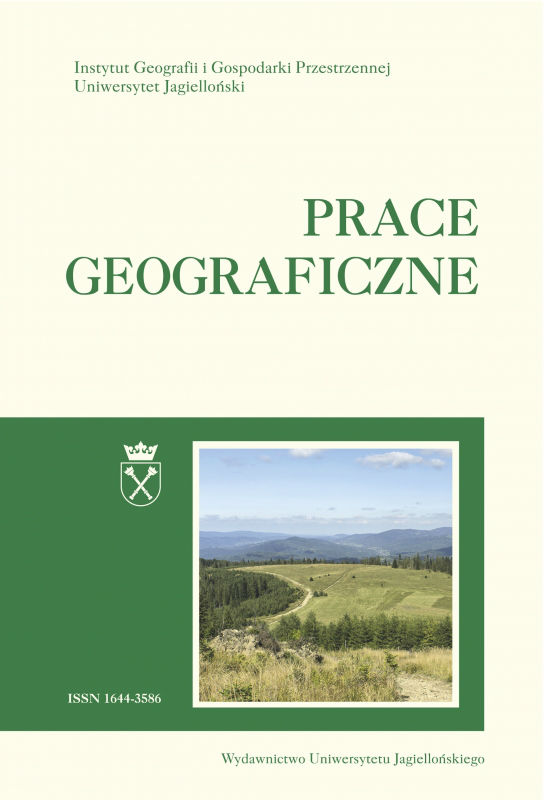Metodologia oceny ryzyka powodziowego gmin województwa łódzkiego
Flood risk assessment methods in municipalities of the Łódź province
Author(s): Marta Borowska-StefańskaSubject(s): Geography, Regional studies, Physical Geopgraphy, Regional Geography, Environmental Geography, Sociology, Health and medicine and law, Family and social welfare, Policy, planning, forecast and speculation, Environmental interactions
Published by: Wydawnictwo Uniwersytetu Jagiellońskiego
Keywords: flood risk; GIS; areas exposed to floods; Flood Directive; Łódź province;
Summary/Abstract: The aim of the article is to analyze methods of flood risk assessment used in Poland and to compare the results obtained on the basis of these analyses. The analysis involves 21 communes ( Polish: gmina ), which in the document created by the Department of Security and Crisis Management of the Łódź Municipal Government were referred to as those in which the damage connected with flooding is the biggest. In accordance with the Flood Directive ( 2007 ), flood risk is a “ combination of the probability of a flood event and potential adverse consequences for human health, the natural environment, and cultural and economic activity ” ( Flood Directive of 2007, Art. 2 Item 2 ). The article uses the methodology implemented in the Flood Control Operating Plan for the Łódź province ( 2013 ), Plans of Flood Risk Management ( 2015 ), and their results were compared with the author’s interpretation. Research has shown that the biggest discrepancies concerning flood risk levels concern five communes: Uniejów, Działoszyn, Warta, Gidle and Sulejów. This is linked with a different attitude towards flood risk. Regrettably, there still exists no reliable method of risk assessment, which would greatly facilitate the pursuance of an adequate anti-flood policy.
Journal: Prace Geograficzne
- Issue Year: 2016
- Issue No: 147
- Page Range: 119-144
- Page Count: 26
- Language: Polish

